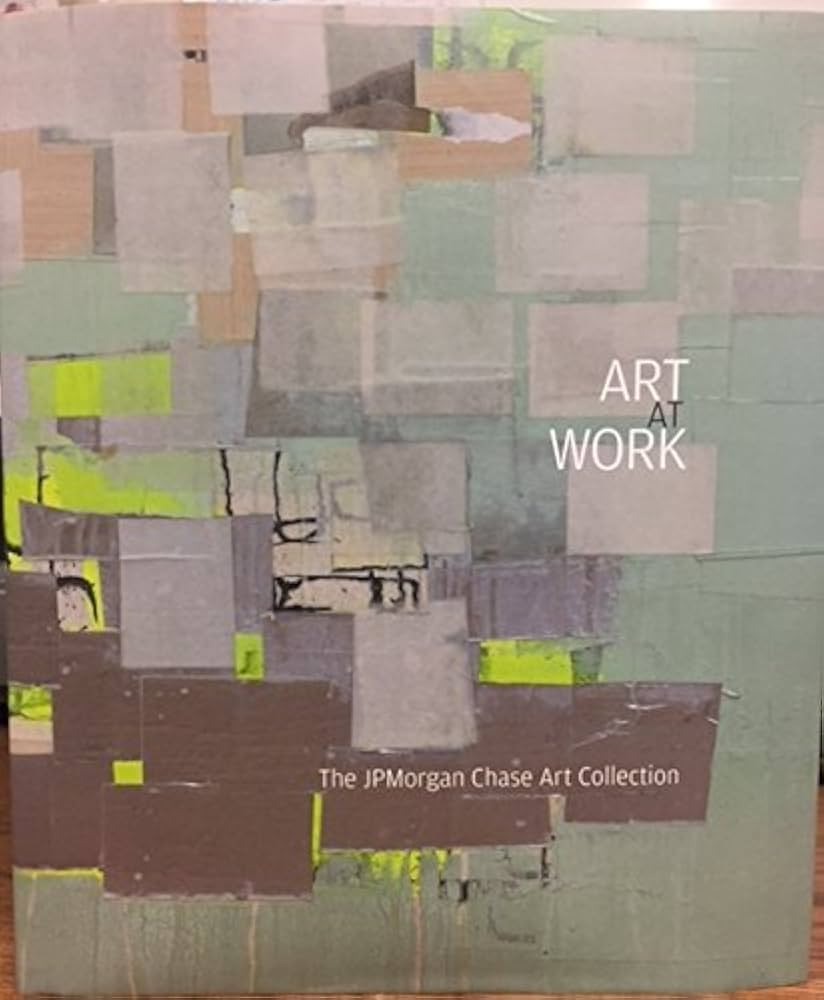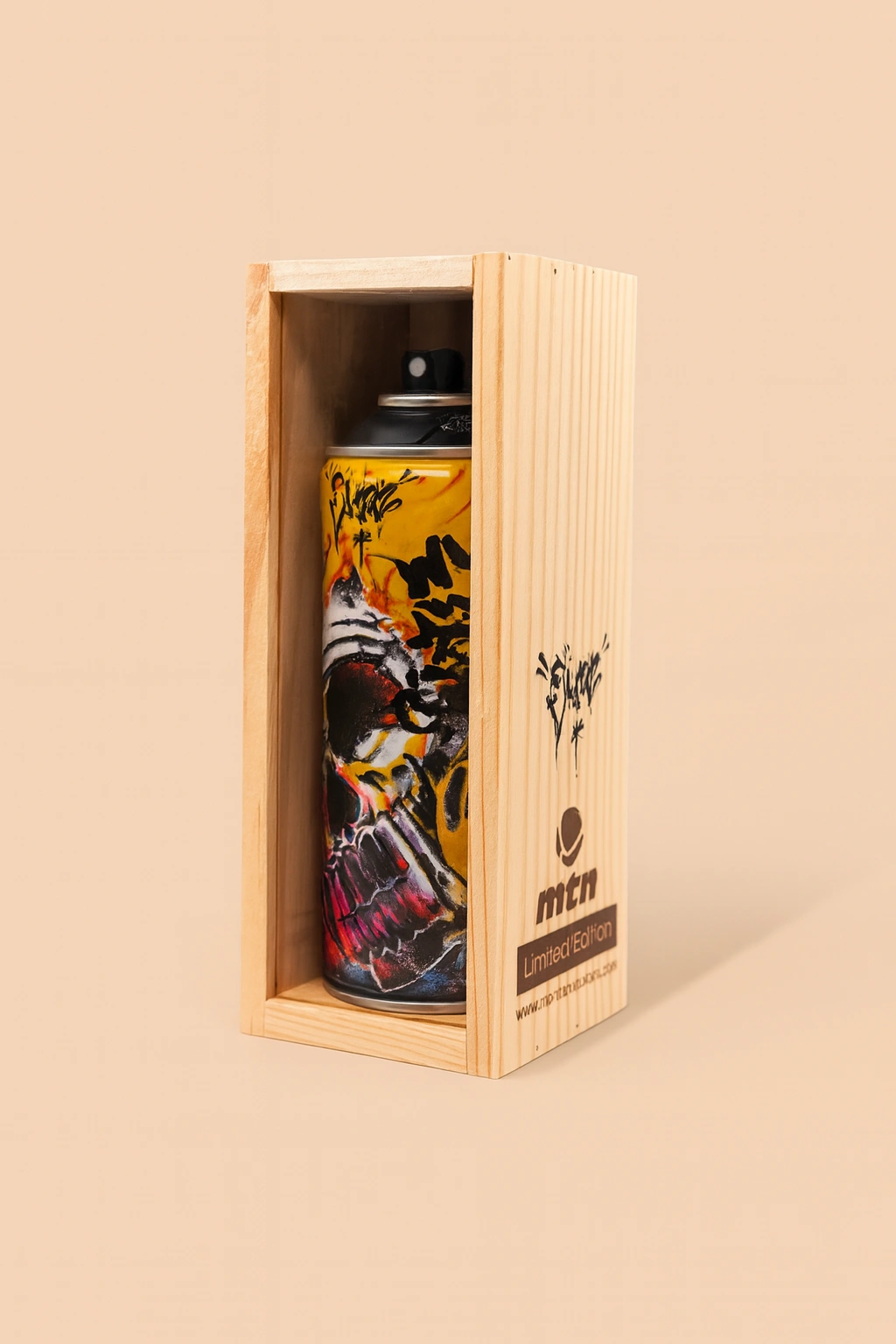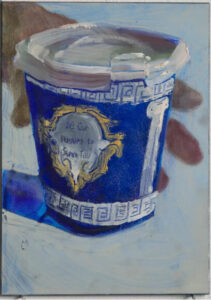The JP Morgan Collection, also known as “Art at Work,” is one of the most significant corporate art collections in the world. Curated with an eye for both aesthetic value and cultural significance, this collection serves not only as an investment but also as a testament to JP Morgan’s commitment to fostering a stimulating and enriching environment for its employees and visitors. This article explores the history, significance, and impact of the JP Morgan Collection, detailing how it intertwines with the company’s ethos and the broader art world.
The History of the JP Morgan via Collection
The origins of the JP Morgan Collection date back to the early 1950s when David Rockefeller, then a young executive at Chase Manhattan Bank, initiated the acquisition of contemporary art to enhance the bank’s headquarters in New York. His vision was to create a more engaging and inspiring workplace through the integration of art. This idea resonated with the bank’s leadership, and what started as a modest initiative grew into a comprehensive collection spanning several continents and historical periods.
Over the decades, the collection expanded significantly, particularly after JP Morgan’s merger with Chase Manhattan in 2000. Today, the collection comprises over 30,000 pieces, including works by renowned artists such as Pablo Picasso, Joan Miró, Andy Warhol, and Jean-Michel Basquiat, as well as emerging contemporary artists from around the world.
Curatorial Philosophy
The curatorial philosophy behind the JP Morgan Collection emphasizes diversity, accessibility, and relevance. The collection aims to represent a broad spectrum of artistic styles, media, and cultural perspectives. This inclusivity ensures that the art resonates with a wide audience, fostering an environment of curiosity and dialogue.
The collection is not confined to traditional mediums; it includes paintings, sculptures, photographs, textiles, and digital art. This eclectic mix reflects the dynamic and evolving nature of contemporary art and aligns with JP Morgan’s innovative spirit.
Significance of the Collection
One of the primary motivations behind the JP Morgan Collection is to enhance the workplace environment. Research has shown that exposure to art can improve employee well-being, creativity, and productivity. By integrating art into their offices, JP Morgan aims to create a more stimulating and enjoyable work environment.
The presence of art in the workplace also encourages employees to take breaks, engage in reflective thinking, and connect with their colleagues over shared cultural experiences. This holistic approach to employee well-being underscores JP Morgan’s recognition of the importance of a balanced and enriched work life.
Cultural Engagement and Corporate Responsibility
The JP Morgan Collection also serves as a testament to the company’s commitment to cultural engagement and corporate responsibility. By investing in art, JP Morgan supports the creative economy and provides a platform for artists from diverse backgrounds. This support extends beyond acquisition; the company frequently collaborates with cultural institutions, sponsors exhibitions, and lends pieces from its collection to museums and galleries worldwide.
This engagement with the art world reflects JP Morgan’s broader commitment to social responsibility. By fostering a dialogue between the corporate and cultural sectors, the company contributes to the preservation and dissemination of artistic heritage and promotes cultural literacy and appreciation.
Iconic Works
The JP Morgan Collection boasts an impressive array of iconic works by some of the most influential artists of the 20th and 21st centuries. Notable pieces include:
– Pablo Picasso’s “La Lecture”: This painting, depicting Picasso’s muse Marie-Thérèse Walter, exemplifies the artist’s exploration of form and color.
– Andy Warhol’s “Marilyn Monroe”: Warhol’s iconic portrayal of the Hollywood starlet captures the intersection of celebrity culture and mass media.
– Joan Miró’s “The Birth of the World”: Miró’s abstract composition reflects his interest in automatism and the unconscious mind.
Contemporary Art
In addition to these masterpieces, the collection includes a significant number of contemporary works. These pieces reflect the evolving nature of art and highlight emerging trends and voices in the art world. Noteworthy contemporary artists represented in the collection include:
– Kehinde Wiley: Known for his vibrant, large-scale portraits of African Americans, Wiley’s work challenges traditional representations of power and identity.
– Yayoi Kusama: Kusama’s immersive installations and polka-dot motifs explore themes of infinity and self-obliteration.
The presence of art in JP Morgan’s offices has a tangible impact on employee engagement and innovation. Studies have shown that art in the workplace can reduce stress, enhance creativity, and improve overall job satisfaction. By creating an environment that values and integrates art, JP Morgan fosters a culture of innovation and critical thinking.
Employees are encouraged to engage with the art through guided tours, educational programs, and interactive installations. This engagement not only enriches their work experience but also inspires new ways of thinking and problem-solving.
Community Outreach and Education
JP Morgan’s commitment to art extends beyond its corporate walls. The company actively engages with the broader community through educational programs, partnerships with schools, and public art projects. These initiatives aim to make art accessible to a wider audience and to foster a greater appreciation for the arts.
One such initiative is the “Art Scholars Program,” which provides scholarships and mentorship opportunities to young artists from underserved communities. By supporting the next generation of artists, JP Morgan contributes to the sustainability and diversity of the art world.
The JP Morgan Collection is more than just a corporate art collection; it is a testament to the transformative power of art. Through its diverse and dynamic array of works, the collection enhances the workplace environment, supports the creative economy, and engages with the broader community. By integrating art into its corporate culture, JP Morgan demonstrates a profound commitment to cultural enrichment and social responsibility.
As the collection continues to evolve, it serves as a reminder of the enduring value of art in our lives. Whether through the quiet contemplation of a painting or the vibrant energy of a contemporary installation, the JP Morgan Collection invites us to see the world from new perspectives and to appreciate the beauty and complexity of the human experience. In doing so, it reaffirms the timeless connection between art and humanity, and the vital role that art plays in shaping our collective future.
No comments yet.








